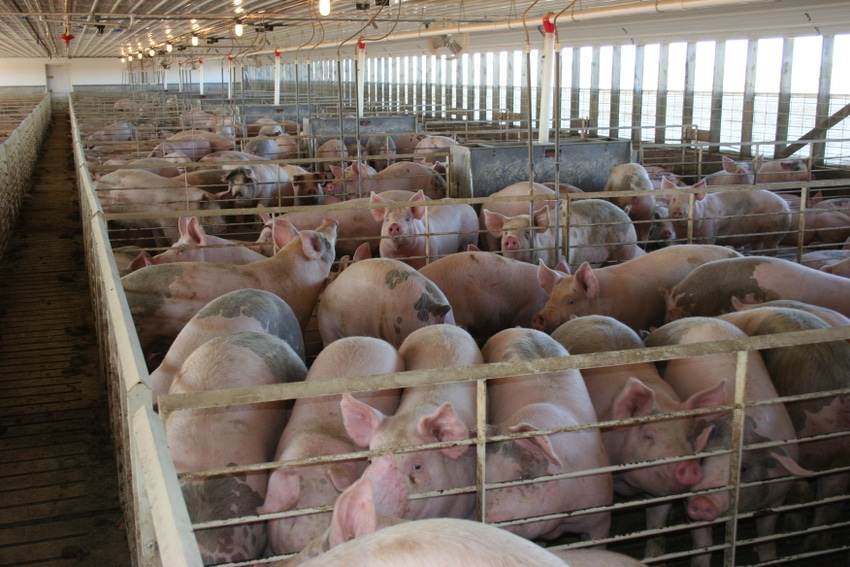
by Lydia Mulvany
There’s a mystery unraveling in the hog market: call it the case of the missing pigs.
For weeks now, traders have been expecting U.S. slaughter rates to jump as the government has consistently reported a swelling domestic herd this year. Hurricane Florence hit North Carolina, one of the top hog states, in mid-September, slowing down processing operations. But that bottleneck should have cleared by now, and analysts were expecting a sudden rush of hogs to market. Instead, slaughter rates have stayed low, raising questions about whether the animals were ever really there, said Rich Nelson, chief strategist at Allendale Inc. in McHenry, Illinois.
The lower-than-expected U.S. slaughter is coming at a time when a highly contagious, pig-eradicating virus is spreading through China, the world’s top pork consumer. African swine fever continues to spread in the country, with several new outbreaks reported this week. The combination of supply woes sent hog futures in Chicago up by the exchange limit of 3 cents on Wednesday to settle at 57.525 cents a pound. Prices have surged 11% this week.
“We don’t have this backup in market hogs like we expected,” Nelson said, adding that U.S. Department of Agriculture estimates for rising animal inventories may have been miscalculated.
The spread of swine fever in China is increasing the chances the Asian nation will need to import more of the meat, according to Cobank. China would likely buy from the European Union and Canada, but American producers could still capitalize on the reduced global competition in pork, the U.S. agricultural lender said in a report Tuesday.
The pig-virus outbreak has caused increased volatility for hog futures. A measure of 60-day volatility peaked last month, but could surge anew if the disease continues to spread.
In the U.S., Allendale’s Nelson said the industry was expecting a prolonged period of slaughter figures topping 2.6 million animals per week. But the numbers have been consistently lower, and likely won’t breach that figure until just before Thanksgiving at this point, he said. The U.S. holiday will be celebrated Nov. 22 this year.
“Where are all of the hogs?,” Dennis Smith, a senior account executive at Archer Financial Services Inc. in Chicago, said last week. “We’re missing 4 percent to 5 percent” of the expected supplies, he said.
If supplies continue to stay tight, it could spark renewed investor interest in the livestock markets. Open interest in Chicago hog futures -- a tally of outstanding contracts -- has been trending lower for more than a year amid expectations for a glut of American meat production. The measure peaked in 2013, in the middle of a U.S. outbreak of porcine epidemic virus, or PED, that wiped out millions of pigs.
To contact the reporter on this story: Lydia Mulvany in Chicago at [email protected]
To contact the editors responsible for this story: James Attwood at [email protected] Millie Munshi, Margot Habiby
© 2018 Bloomberg L.P
About the Author(s)
You May Also Like




